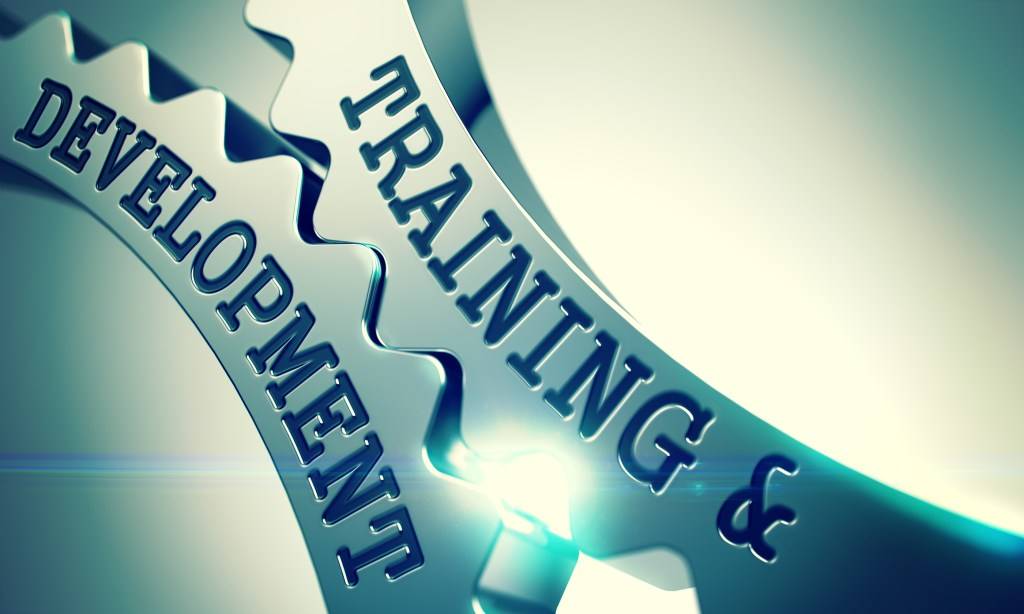 Contractors often are contractually obligated to provide “instruction to owner” training upon a project’s completion. That initial training is usually conducted in the first week of turnover — but it stops there. Is that enough, or should an owner consider the expense of a continuous training program to maintain the optimal operation of the building and its assets?
Contractors often are contractually obligated to provide “instruction to owner” training upon a project’s completion. That initial training is usually conducted in the first week of turnover — but it stops there. Is that enough, or should an owner consider the expense of a continuous training program to maintain the optimal operation of the building and its assets?
The initial instruction via owner training varies greatly in intensity depending on the contract, but even under the best circumstances, one-time training does not sufficiently prepare the operations and maintenance (O&M) staff to maintain optimal system performance, particularly when it comes to the building automation (BAS) and HVAC systems.
In many cases, the O&M team members who receive the initial training transition to other roles inside or outside the organization, and that inherent knowledge of the building systems is passed down or lost. As a result, the building systems’ configuration and operation tends to drift from the original intended design, and energy performance begins to degrade.
Furthermore, hard copies of manuals for training, systems and factory service tend to become misplaced or damaged, leading to the loss of critical knowledge. It is at this point in the life of a building when the degradation of energy performance and reduced life expectancy of equipment starts to show on the bottom line.
However, there are mitigating strategies that can extend the life and performance of a building and its systems. Beyond implementing a continuous commissioning program, keeping digital records of systems manuals, training resources and service manuals in the pertinent graphics of the BAS is considered a best practice. Because the O&M team members often interact with the BAS in their day-to-day operations, this is a natural but often overlooked element to include in the BAS specifications.
Beyond documentation, regularly scheduled training by equipment manufacturers, service contractors or other trusted sources often help keep O&M staff engaged, focused and proactive in their roles. As the depth of knowledge of the O&M team increases, so does its capacity to identify, troubleshoot and repair system inefficiencies, improving life-cycle costs.
For more information, contact Nate Boyd at nboyd@hanson-inc.com.